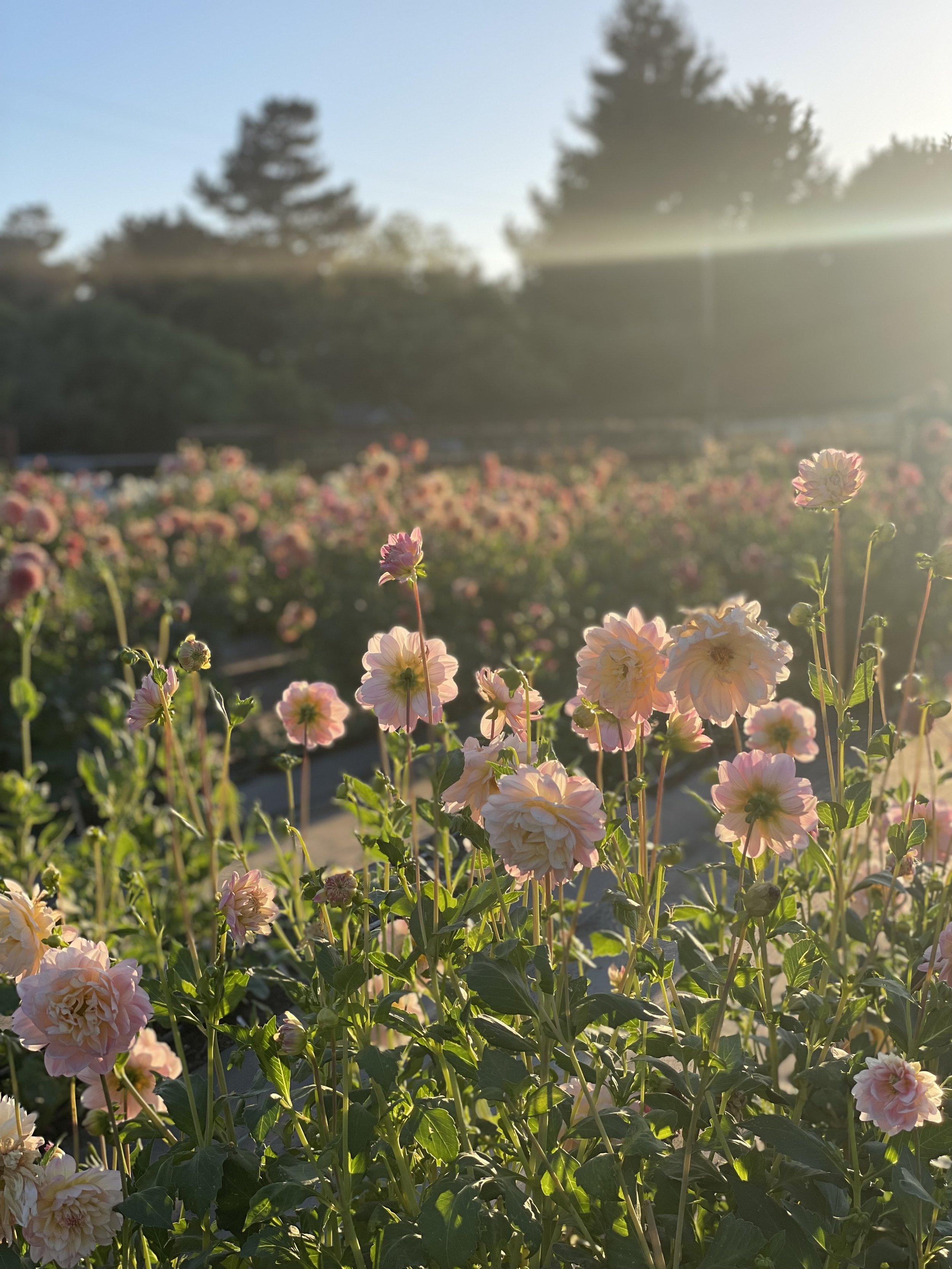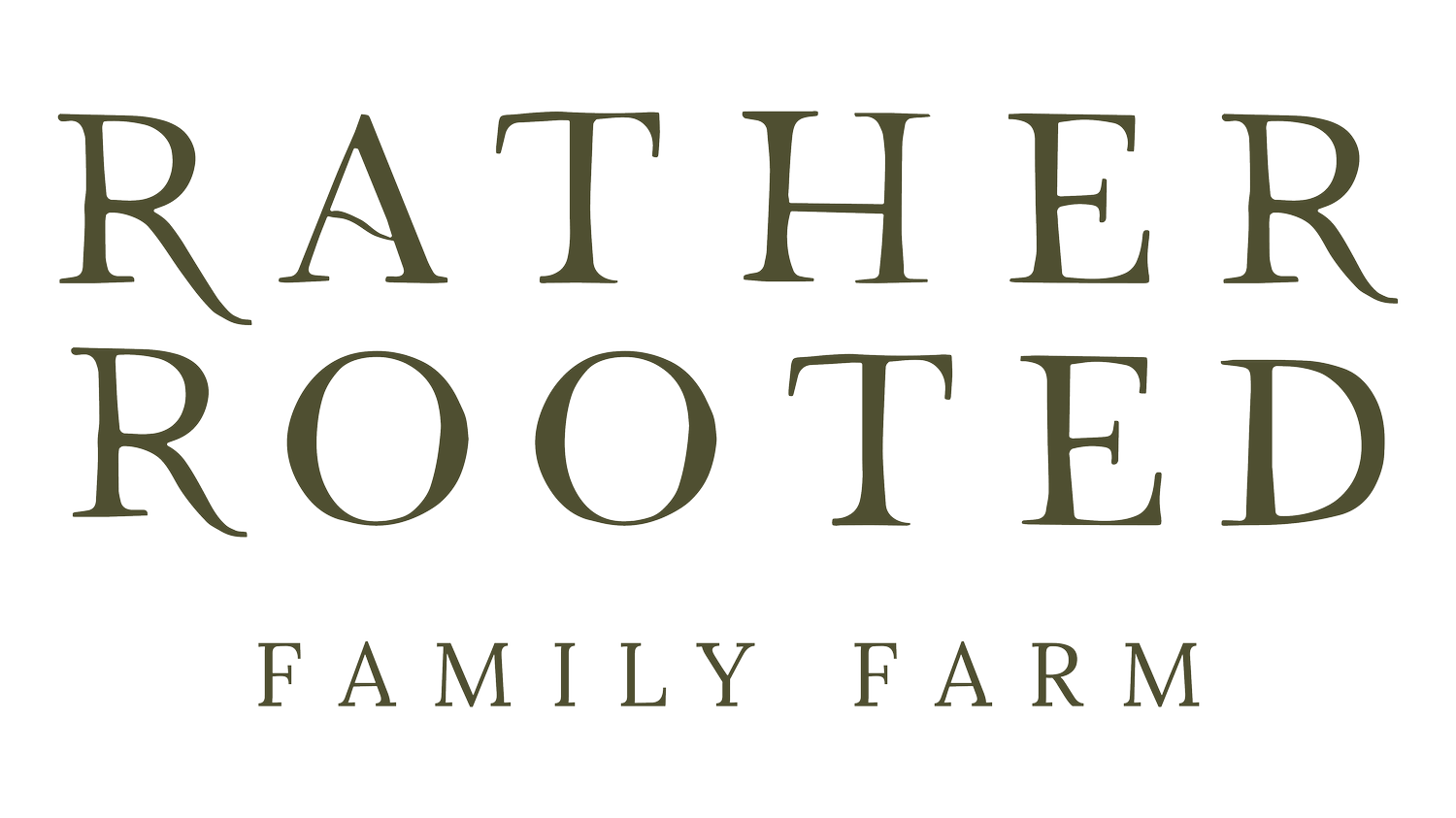
Tuber Anatomy
(Pictures Coming Soon)
Tuber Anatomy
Tubers come in various shapes, sizes, and textures. Let’s be honest: Some are downright ugly. When you are buying a tuber, you are buying the genetic material of a certain cultivar.
Dahlias are octopliods; they contain four times the DNA as humans. If you save seed from a dahlia flower you love, they will never bloom true to their parent as each seed is unique. Some seedlings may carry parent characteristics, but it is impossible to get the same exact cultivar from seed. Therefore, when we want more of the exact cultivar, we need to propagate by tuber dividing or cuttings (guide for cuttings coming soon).
When a dahlia grows healthily above ground, underground the plant is multiplying itself by growing a clump of tubers. When the season comes to an end, we dig up the tuber clump, and we divide the clump into as many viable tubers as possible.
Viability
In order for a tuber to grow into a dahlia plant, it needs a body, neck, and crown with an eye.
-The body can be very small; if there is enough starchy storage to push the sprout and feeder roots, that is all the energy store needed. Here at Rather Rooted, we love the small tubers as they seem to root and sprout faster than the chunky, large tubers. The general guideline is the size of a AA Battery or larger is all well and good. (We have had even smaller turn into beautiful plants.)
-The neck can be long, it can also be short, and it can be anything in between as long as there is a strong connection between the body and crown. Typically, tuber necks thinner than a pencil will not survive Winter storage; they dry out or break easily. If the neck dries out or breaks, the energy from the tuber body cannot travel to the crown to push the sprout.
-The crown was where the divided tuber was connected to the Mother plant. Along the crown surface, there are many “eyes” or growth points where sprouts could emerge. When we divide tubers from the clump, we make sure that the cut portion on the new individual tuber has a viable eye—without it, the tuber will not be able to sprout in Spring.
Split Clumps
Some of the tubers we send are split clumps. We grow many of our rare cultivars from cuttings as pot tubers in effort to increase stock. We split those clumps into a grouping of small tubers, and we feel good selling those little clumps of mini-tubers.
Every split clump we send will have at least one viable sprout, and they often will have multiple which you can divide further if you so choose.
Blemishes
Tubers are resilient when they have all their needed parts. There may be something wrong with the appearance, but remember that tubers are roots and even the ugly ones will make beautiful flowers:
-Sometimes in the digging and dividing process, a tuber may be punctured or cut. As long as the necessary parts are intact, no problem. Sometimes we cut the base of the tuber off—perhaps there were feeder tubers, a gopher bite, or even a touch of rot starting. By cutting off the blemish, we can inspect the health of the tuber and preserve the viability of the plant.
-Some cultivars are prone to developing lenticils (looking at you, Walter Hardisty). These are protrusions on the tuber caused by excess moisture. They do not cause any damage.
-Some skin on the tubers will peel off; this is also not a problem.
-Some tubers will wrinkle and shrivel as they age through the storage cycle; this will make them a bit squishy or rubbery. Rubbery is okay! Wrinkly is okay!
Death of a Tuber
There are some issues which will cause a problem with the health and viability of the tuber:
-If the neck breaks completely and all the fibers are severed, a tuber will no longer be viable.
-If the tuber body, neck, or crown rots fully, it will not grow. You will know it rots when the white fleshy material of the tuber turns to a brown mush.
-If the tuber dries out completely, it will often not revive.
-If the tuber freezes, it will no longer be viable. You will know it froze if it turns to mush when you squeeze it.
Final Thoughts
We always send our best of the best we have. We plant the uglies, and we sell the textbook-looking tubers. Ugly, blemished, clumped tubers will make the exact same plant as the beautiful tuber.
Keep this in mind when you buy from us! We stand by the quality and viability. Reach out if you have concerns.
GUIDES COMING SOON…
-Fertilizing
-Deadheading
-Harvesting Blooms
-Inspecting for Virus and Disease
-Using Beneficial Insects
-Managing Gophers and Voles
-Digging and Dividing
-Storing
-Cuttings
